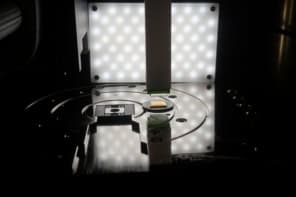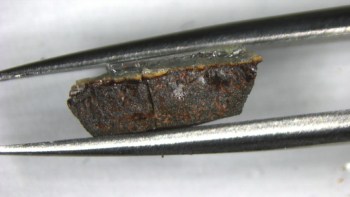
The condensed-matter physicist Sir Brian Pippard died on 21 September at the age of 88. Pippard was Cavendish Professor of Physics and head of the physics department at the University of Cambridge from 1971 until he retired in 1984. Apart from his pioneering work in condensed matter physics, Pippard was also a founder and first president of Cambridge’s Clare Hall.
Alfred Brian Pippard was born in London on 7 September 1920 and spent his formative years in Bristol, where his father was professor of engineering at the University of Bristol.
He went to Cambridge University in 1938 with the intention of becoming a chemist. However, the Second World War intervened, and like many physicists of his generation, Pippard worked on radar technology at the Royal Radar Establishment at Great Malvern in Worcestershire.
Pippard returned to Cambridge after the war and did a PhD in low-temperature physics before being appointed lecturer in physics in 1950. By then, Pippard had turned his attention to the behaviour of electrons in metals. By measuring the reflection and absorption of microwaves in copper, Pippard was the first to map out the Fermi surface of a metal.
In 1960 Pippard became professor of physics at Cambridge and took on Brian Josephson as a student. Although Pippard struggled to understand Josephson’s ideas, he encouraged the young physicist to persevere — and in 1973, Josephson shared the Nobel Prize in Physics with Leo Esaki and Ivar Giaver for his work on Josephson junctions.
Pippard was knighted in 1974 and served as president of the Institute of Physics in 1974–1976. He was the author of several textbooks on condensed matter physics and thermodynamics and was a contributor to Physics World.
Pippard retired in 1984 but remained an active fellow of Clare Hall — which provides support and accommodation for visiting scholars and their families — and continued to write about physics well into his eighties.
He is survived by his wife Charlotte and their three daughters.



